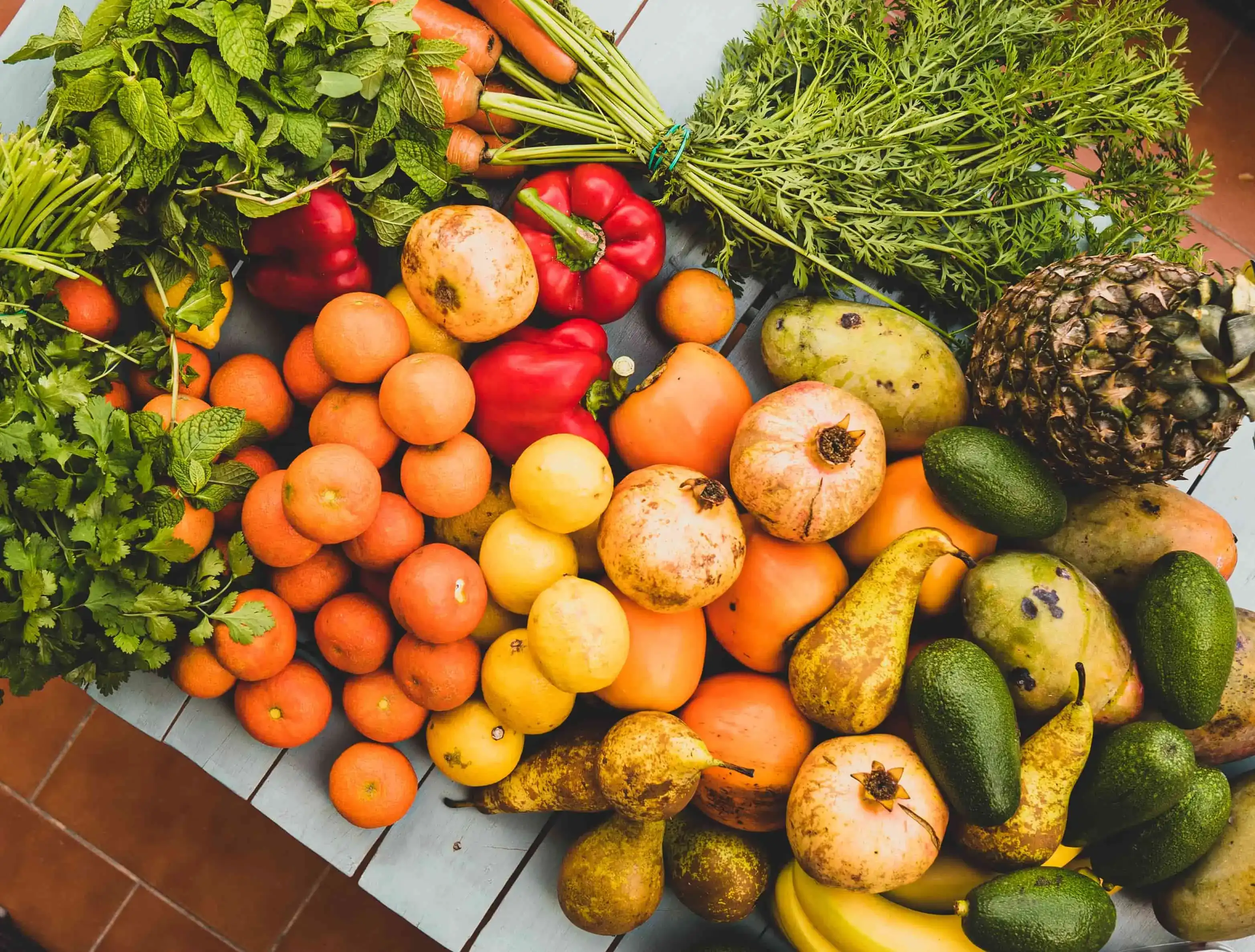Lactose Sensitivity vs. Milk Allergy: Key Differences and Similarities

Lactose sensitivity and milk allergies are two common health issues that can cause discomfort when consuming dairy products. While they share some symptoms, they are distinct conditions with unique causes and treatments. In this comprehensive guide, we'll explore the differences and similarities between lactose sensitivity and milk allergies, helping you understand these conditions better and make informed choices for your health.
Understanding Lactose Sensitivity: Lactose sensitivity, also known as lactose intolerance, is a digestive disorder characterized by the body's inability to digest lactose, a sugar found in milk and dairy products. This condition arises due to insufficient lactase enzyme production, which is essential for breaking down lactose in the small intestine.
Common Symptoms of Lactose Sensitivity:
- Bloating
- Diarrhea
- Gas
- Stomach cramps
- Nausea
Understanding Milk Allergy: A milk allergy, on the other hand, is an immune system response to proteins found in milk, primarily casein and whey. Unlike lactose sensitivity, milk allergy is an allergic reaction where the immune system mistakenly identifies milk proteins as harmful invaders.
Common Symptoms of Milk Allergy:
- Skin rashes
- Swelling
- Hives
- Digestive issues
- Respiratory problems
Shared Symptoms: Both lactose sensitivity and milk allergies can present with some overlapping symptoms, such as digestive discomfort. This similarity often leads to confusion between the two conditions. However, it's essential to recognize that while the symptoms may look alike, the underlying causes are entirely different.
Diagnosis: Diagnosing lactose sensitivity typically involves a lactose tolerance test or a hydrogen breath test, where a healthcare provider measures your body's ability to digest lactose. In the case of a milk allergy, diagnosis often relies on blood tests or skin prick tests to detect specific antibodies that indicate an allergic reaction to milk proteins.
Management and Treatment: The management and treatment of lactose sensitivity and milk allergies differ significantly. Lactose sensitivity can often be managed by reducing dairy intake or using lactase supplements to aid digestion. On the other hand, individuals with a milk allergy must completely avoid milk and milk-based products, as even small amounts can trigger severe allergic reactions. Allergen-specific immunotherapy may be considered in severe cases of milk allergy.
Dietary Modifications: For those with lactose sensitivity, there are numerous lactose-free or lactose-reduced dairy products available in the market, making it possible to enjoy dairy without the discomfort. These products provide valuable alternatives for those who want to include dairy in their diet.
For individuals with milk allergies, finding dairy-free alternatives such as almond milk, soy milk, or coconut milk is crucial. Thankfully, there is a wide array of dairy-free options available, allowing individuals with milk allergies to enjoy the taste and nutritional benefits of non-dairy alternatives.
Conclusion:
In summary, while lactose sensitivity and milk allergies share some common symptoms, it's essential to distinguish between the two conditions due to their distinct causes and management strategies. Understanding the key differences and similarities can empower individuals to make informed dietary choices and seek appropriate medical advice when necessary.
If you suspect that you or someone you know may have lactose sensitivity or a milk allergy, it is advisable to consult a healthcare professional for accurate diagnosis and personalized guidance. By differentiating between these conditions, individuals can take control of their health and enjoy a more comfortable relationship with dairy products. Ultimately, knowing the difference between lactose sensitivity and milk allergies is the first step toward better health and a happier relationship with food.


